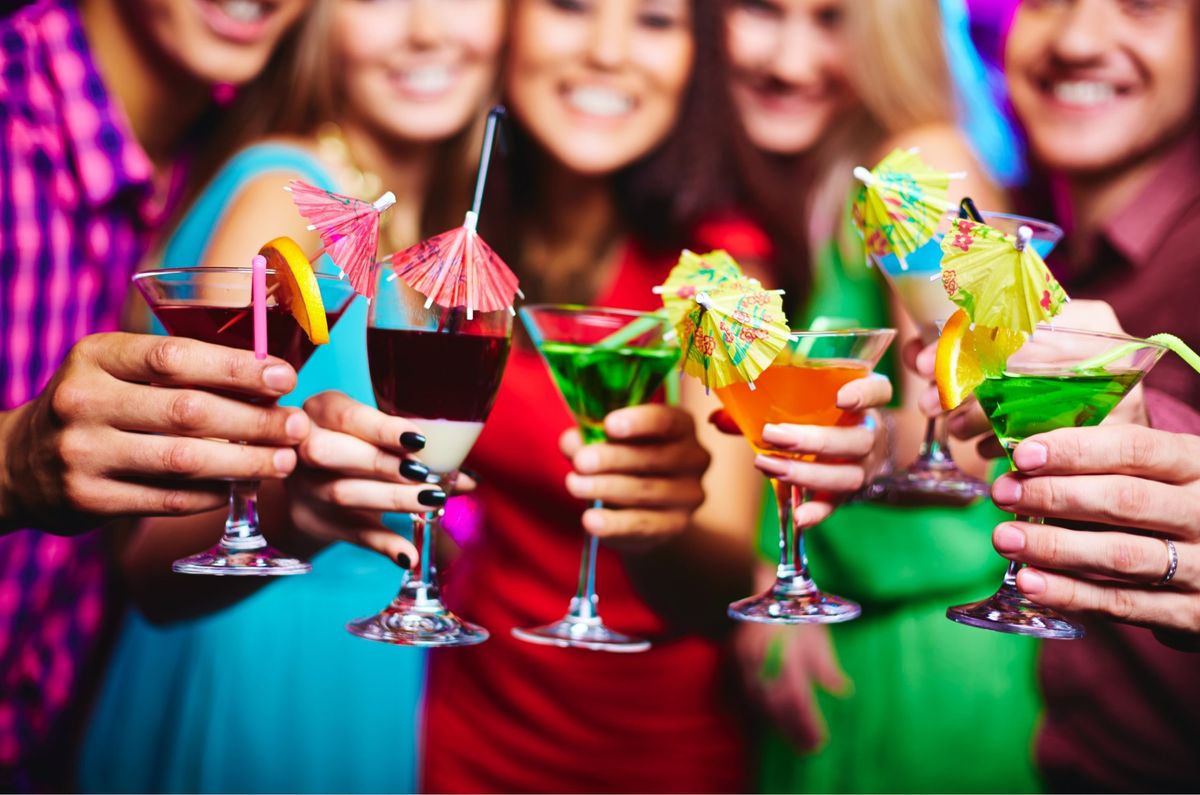Psychology Corner: Cocktail Party Effect

What is the Cocktail Party Effect?
Have you ever been chatting to someone at a crowded, noisy party, when you suddenly hear your name being mentioned in another conversation? You weren’t paying any attention to that conversation, yet you were able to immediately identify your own name and effortlessly switch your attention.
How were you able to detect your name and nothing else in a conversation that you were not paying any attention to?
This is how the psychological term the ‘Cocktail Party Effect’ (Cherry, 1953) got its name.
Our ability to pay attention to a single conversation, whilst filtering out all other background noise, only to then switch at ease and tune in to the other conversations around us is remarkable and over the years, psychologists and scientists have struggled to fully understand or agree on how we are able to do this.
Cocktail party on the web
Although the cocktail party effect was invented to describe offline human behaviour, it can also be observed in the online environment.
Imagine that you’re using a website, and suddenly you see your name highlighted on the page. Once your eyes see it, they immediately focus and pay attention to it. This is the same effect but using visual as opposed to auditory input of the senses.
This has similarities to how users scan websites depending on their end goal or task.
Selective attention
If you are thinking about buying a red car, you would suddenly start to see red cars everywhere – online and offline. You might think there’s been an increase in red cars on the roads, but in fact, they were always there, it’s just that you weren’t paying any attention to them. We are selective in what we pay attention to. We have to be, because our brains can’t pay attention to everything, it would be too much cognitive overload to do so.
In this scenario, because we are interested in red cars, if we see copy on a website about ‘red cars’ or images showing red cars, our attention is drawn to them.
This is why in the design of websites, it’s necessary to think of the user’s goals. What are they looking for? What is going to resonate with them? Which copy is going to draw their attention because it resonates with their interests and needs?
Switching attention
Let’s think back for a moment to the cocktail party that you were at. As soon as you heard your name mentioned in the other conversation what did you do? You probbaly stopped paying attention to the current conversation you were engaged in and switched to focussing on the new conversation.
Therefore, despite the previous conversation having your full and focussed attention, you were still able to redirect your attention to another source that your brain deemed as more important to focus on. This is because your senses are always ‘on’, always looking out for things that may be important to keep you safe. This goes back to our caveman days and system 1 way of thinking.
It’s not just personalisation that captures our attention though. Nowadays we are bombarded with things competing for our cognitive resources all the time. Mobile alerts, flashing adverts, sounds, messages, notifications, emails…. Too many and they feel overwhelming, becoming a source of stress as opposed to a helpful reminder.
How can the cocktail party help UX design?
The cocktail party effect is an example of a natural phenomenon that occurs incredibly efficiently and seamlessly. Our brains simply knowing when they need to switch attention at the right moment. What if, instead of bombarding users with constant alerts, we utilise the principles of the cocktail party effect to craft intuitive notification experiences? Experiences that only attract attention at the right moment in time and in a way that feels natural.